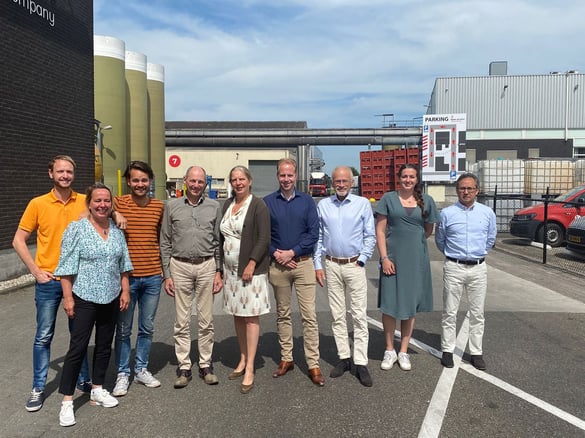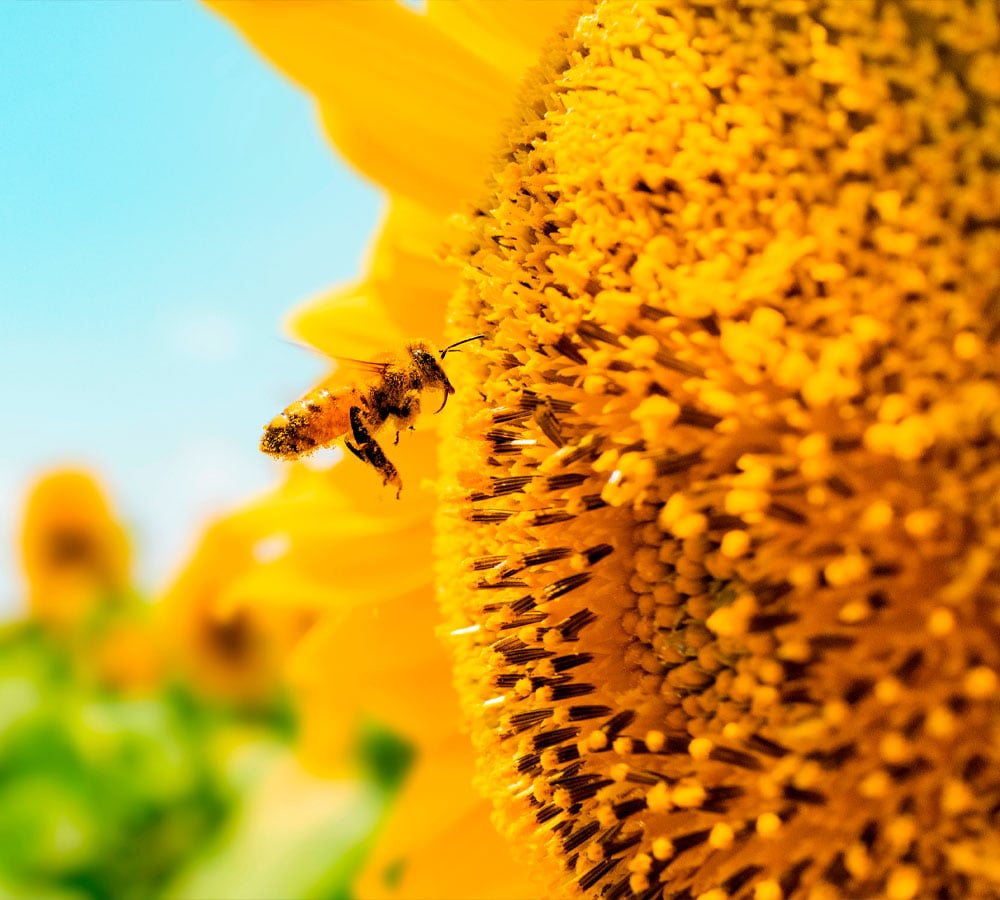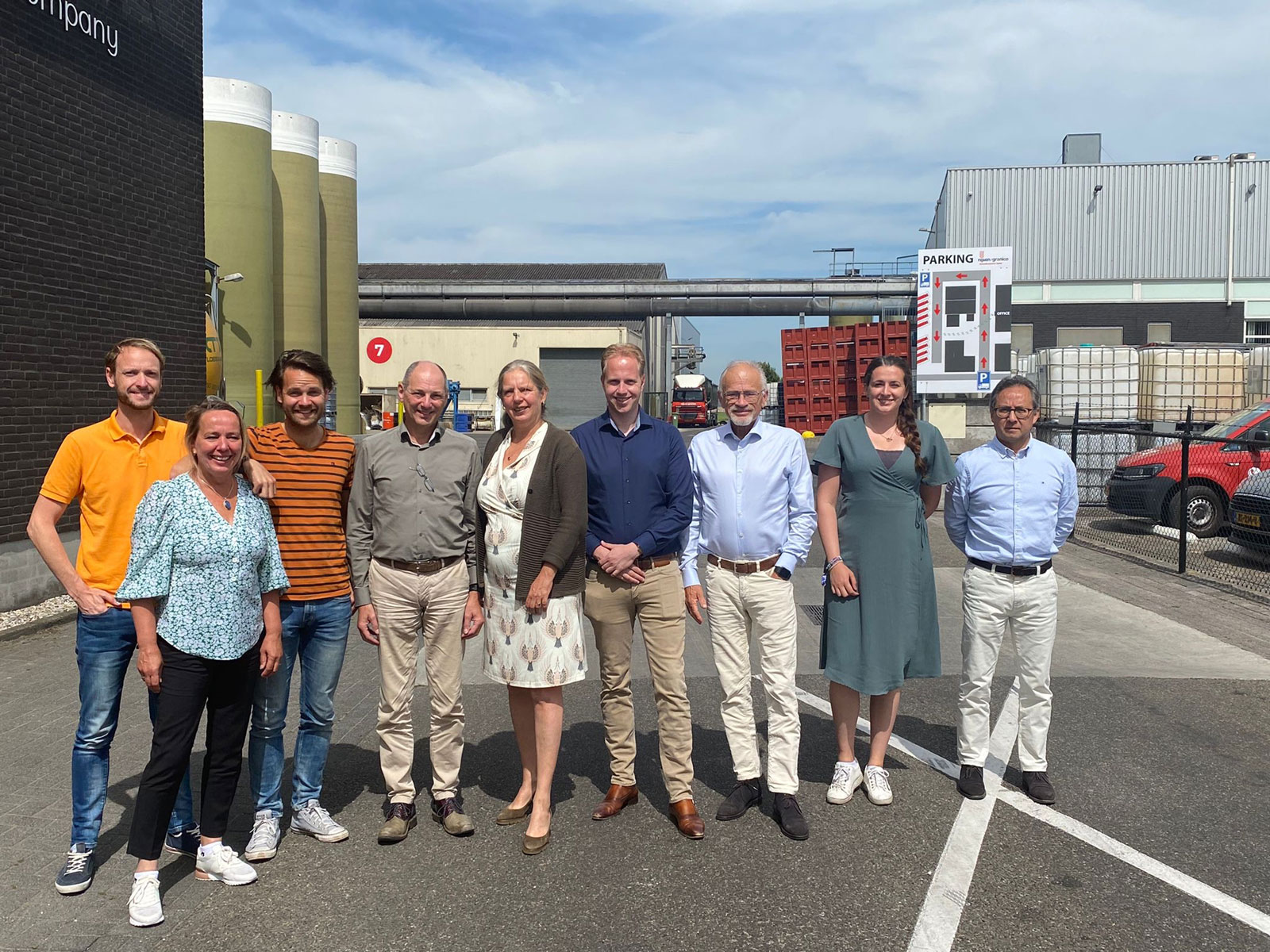A partnership of insect breeders, consultancy firms, natural capital managers and an animal feed manufacturer will map low-value side streams. These raw materials can be processed into substrate: the breeding ground for the breeding of insects. The Netherlands Enterprise Agency (RVO) supports the project as part of “Circular Chain Projects” with a subsidy of € 120,000.
Fix the chainA third of the food produced is not consumed. This, together with intensive land use, leads to a disrupted food and nitrogen chain. A growing need for high-quality proteins and the call for sustainability require an innovative solution.
Insects are a source of high-quality proteins and fats. In addition to use in human food, the protein-rich larvae can be used in the production of animal feed. The use of non-sustainable protein sources, such as fish meal and soy, is thus reduced.
Use of residual flows
The larvae of the black soldier fly live in a carefully composed nutrient medium. Current legislation and regulations prohibit the use of residual products from kitchens and catering companies. That is why most growers use approved side streams from the food industry. However, this makes the search for suitable raw materials time-consuming and expensive. In addition, it is a shame that many useful products that can be converted by the larvae end up in the biogas installation.
Last year, a total of 1.7 million tons of organic waste was processed. Of this, 0.7 million tons were processed into compost, 0.5 million tons fermented into biogas and 0.5 million tons incinerated. Valuable nutrients are lost that can be used excellently for the breeding of insects. By identifying and classifying as many available side streams as possible, the amount of usable VGF streams can grow considerably. Collaboration between sector experts is the only way to achieve this goal. By working in this way, we contribute significantly to reducing food waste.

Sustainability through collaboration
Under the leadership of Paula Rijkens-Hehewerth RavenFeed, Syklus, Nijsen company, de Jong, NGN - New Generation Nutrition and Milgro will join forces in the coming months to design an applicable model.
On the basis of close collaboration, the consortium will investigate which raw materials contribute optimally to a circular system in which insects prevent nutrients from being lost. In addition, the members want to develop and test a production system that is ready for practice.
In this way we can give even more raw materials a circular destination in the future by using insect protein on a large scale.













